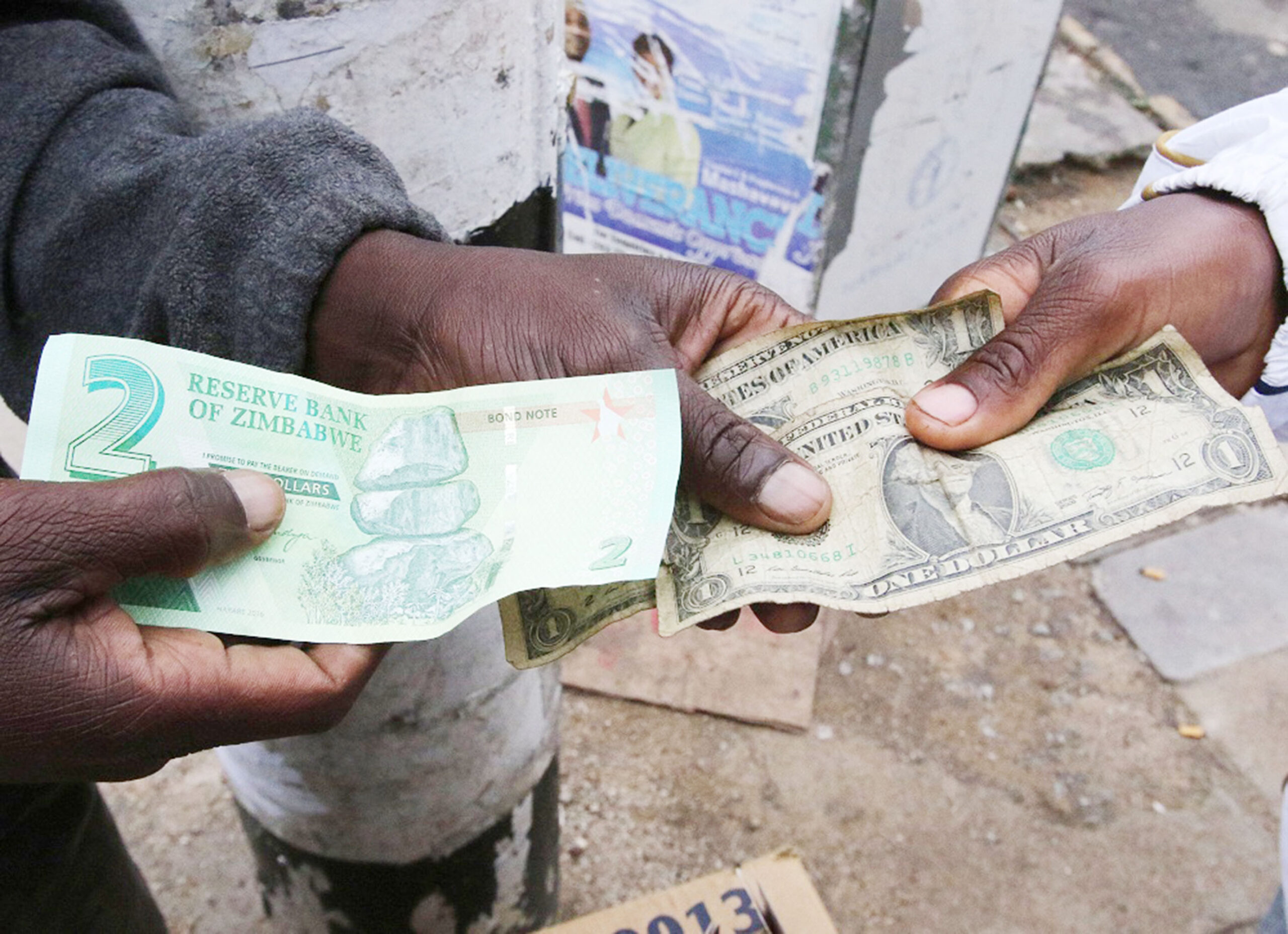Industry frets over exchange rate volatility
ZIMBABWE’S industry has raised concern over the exchange rate volatility being experienced in the country and urged government to take urgent measures to address the issue before the local currency “dies”.
The parallel market premium widened from 65% at the beginning of April to about 101% at the end of the month, as the Zimdollar posted a double-digit decline for the third straight month within the year.
Last month, a report by FBC Securities said uncertainty over Zimbabwe’s growth prospects had seen the currency depreciating by 58% during the first quarter.
The drop was also a continuation of negative developments, which first appeared at the end of last year, when industrial capacity utilisation dropped to 56,1%, from 56,3% during the same period in 2021, according to official statistics.
Food prices have generally increased across the country, mainly in Zimbabwe dollars, following the continued depreciation of the local currency.
Speaking to NewsDay Business on the sidelines of a three-day market analysis training workshop held in Harare this week, Zimbabwe National Chamber of Commerce chief executive officer Christopher Mugaga said the government and private sector were in talks over the exchange rate crisis.
“There is an indaba, which is on-going this week between the private sector and the government of Zimbabwe regarding the continuous increase in prices of commodities, especially the 14 commodities that they’ve been tracking, which also interface with the public that is your cooking oil, your sugar and your bread,” he said.
“At the moment, we are trying to get to the bottom of it to understand what is pushing the exchange rate because before we worry about the inflation or the price increase, we are more worried about the exchange rate.
“So the exchange rate volatility, especially what is happening in the alternative or black market, is very sad to the extent that if it is to be allowed to push to levels even beyond $5 000, then we’ll lose our local currency completely,” Mugaga said.
The Zimbabwe dollar has plummeted in the past weeks by more than 55% to US$1:$3 000.
“So, the focus right now should be on achieving stability and stability can only come when monetary sector aggregates are under control,” he told NewsDay.
“In particular, we’re talking of money supply here, we also talk about interest rates to make sure that interest rates are not going to chase inflation because time and again you’re witnessing a case where every time inflation numbers go up, the central government is going to move interest rates but that’s hitting business.”
He added: “The government is not ready to have interest rates above even 100% given the realities of energy shortages, realities of smuggled goods which are competing with the whole former industry and all these.”
Finance minister Mthuli Ncube recently threatened to hike Zimbabwe’s policy rate beyond 200% if companies continue to dabble in parallel market activities.
Industry minister Sekai Nzenza said the government held frank and fruitful engagements with manufacturers, suppliers and retailers of basic commodities over the past week in a bid to find a lasting solution to price hikes.
She said her ministry was mandated to safeguard and promote consumer welfare in the economy.
“Following the observed spike in prices of basic commodities, the ministry has held frank and fruitful engagements with manufacturers, suppliers, and retailers of basic commodities over the past week in a bid to find a lasting solution to the observed matter,” she said in a statement.-newsday











